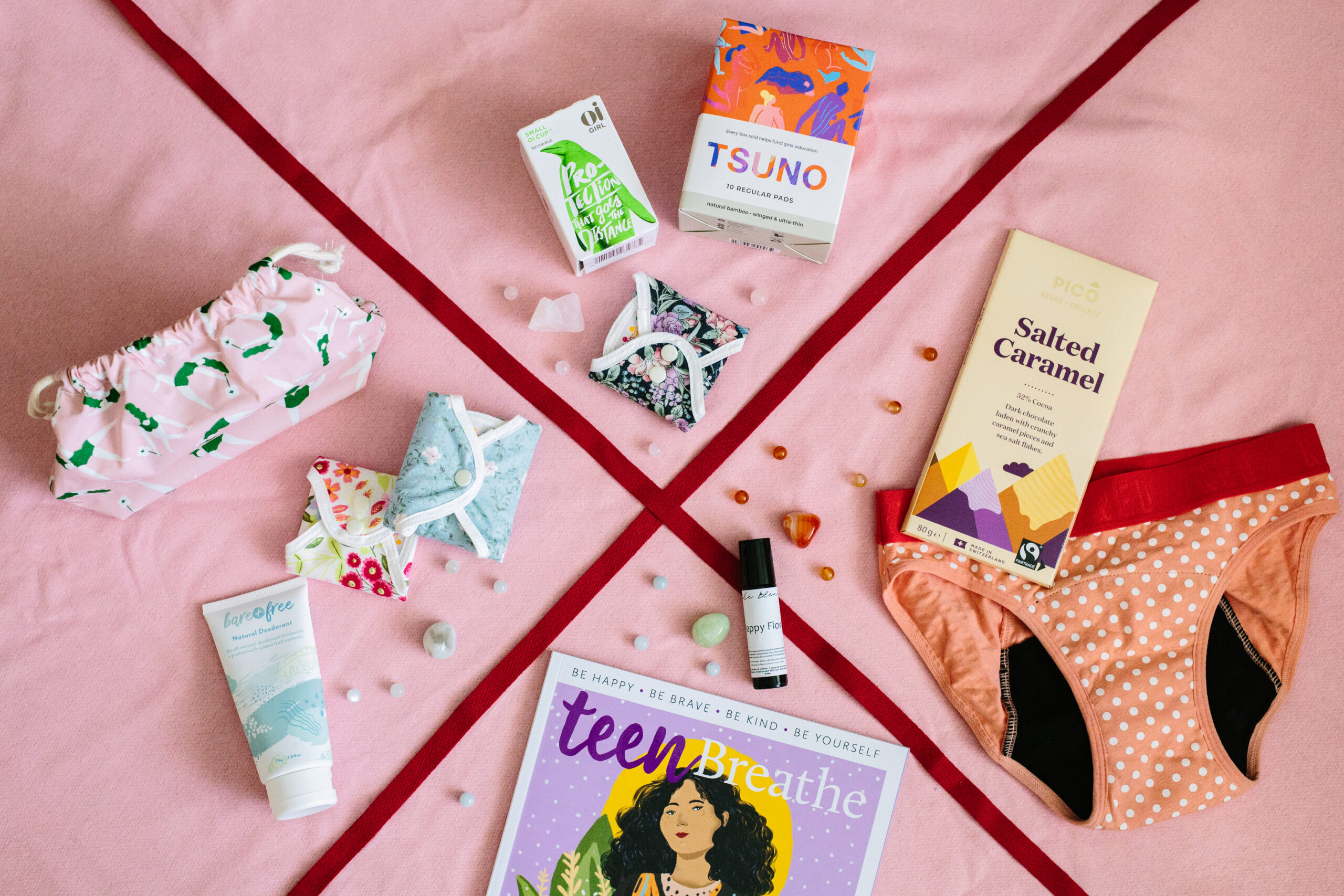
How to create a first period pack for your child
Being prepared for your daughters first period with a first period pack will help her feel more at ease, as well as ensure we are not caught out when it does arrive. The average age of a first period in western culture is 12, however some girls start their period as young as eight, so it’s best to be prepared at any age.

So how do we put together a first period pack?
- Start with a pouch to keep all of her essential items when she’s at school, sports, activities or sleep overs. A waterproof case is a good option. It can be as simple as a pencil case, it may be conspicuous, but it could also be a little bit special. These waterproof pouches are the perfect size, and with many design options, you can find the perfect one for your daughter. SEE MORE DESIGNS HERE
2. Add some pads. Pads are most likely the first option to be used. Think sustainable and organic if possible. Sometimes these options may not be available in stores, but there are many great options available online. Often these come as a subscription service, so you place the order once and they are delivered to your door monthly or quarterly, no need to get caught out again. Remember when you get them to show her how to use them. Open the product, show her how to stick them to her knickers, how often she might need to change, and then how to dispose of them.
Some of my favourite disposable brands are:
Resuable brands:
3. A spare pair of knickers. These can be normal underwear, or period underwear which she can either use additionally to pads, or on their own. Take a look at
4. An essential oil roller. For those days when cramps are hitting and she needs a bit of ease. Something containing Clary Sage is perfect to help relax the cramping of the uterus. Roll oil direclty over the uterus, or onto pulse points.
Mama Flow from Wilde Blends is a beautiful oil that helps support, soothe and provide temporary relief for cramps, hormones, nausea, emotional mood swings and stress which are sometimes associated with period cycles in women.
Remember that painful periods are common, but they are not normal. If pain cannot be managed through simple techniques, and are stopping you practicing normal daily activities, this could be a sign that there is something not quite right and advice from a GP should be sought.
5. A non-toxic deodorant. If she is nearing to start her period, chances are that she is also starting to sweat a bit more, and therefore possibly smell. Look for a deodorant that does not contain aluminium or other toxins that could disrupt her hormones. Thankfully now there are some wonderful options for all natural deodorants. Sometimes it may take some trial and error as to what works for you, but its worth it.
Some wonderful natural options include:
6. Other smaller items could include:
- Some chocolate or mints
- Hair ties
- Wipes
- Disposable bag if disposal of used product is not available straight away,
- A small favourite crystal, especially if she is prone to anxiety or worrying. Take a look at blue lace agate if that is the case.
You can do this together. Find a bit of time together this weekend to sit down together and create a little pack all ready to go for when her first period does arrive.
You can find ready made period packs to purchase here
I’d love to see what you come up with. Tag me on instagram @beyondthecusp to show me your Period Prep packs.

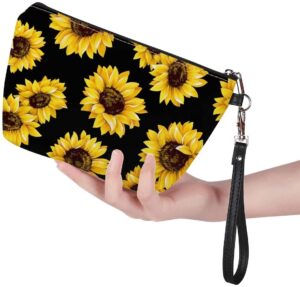
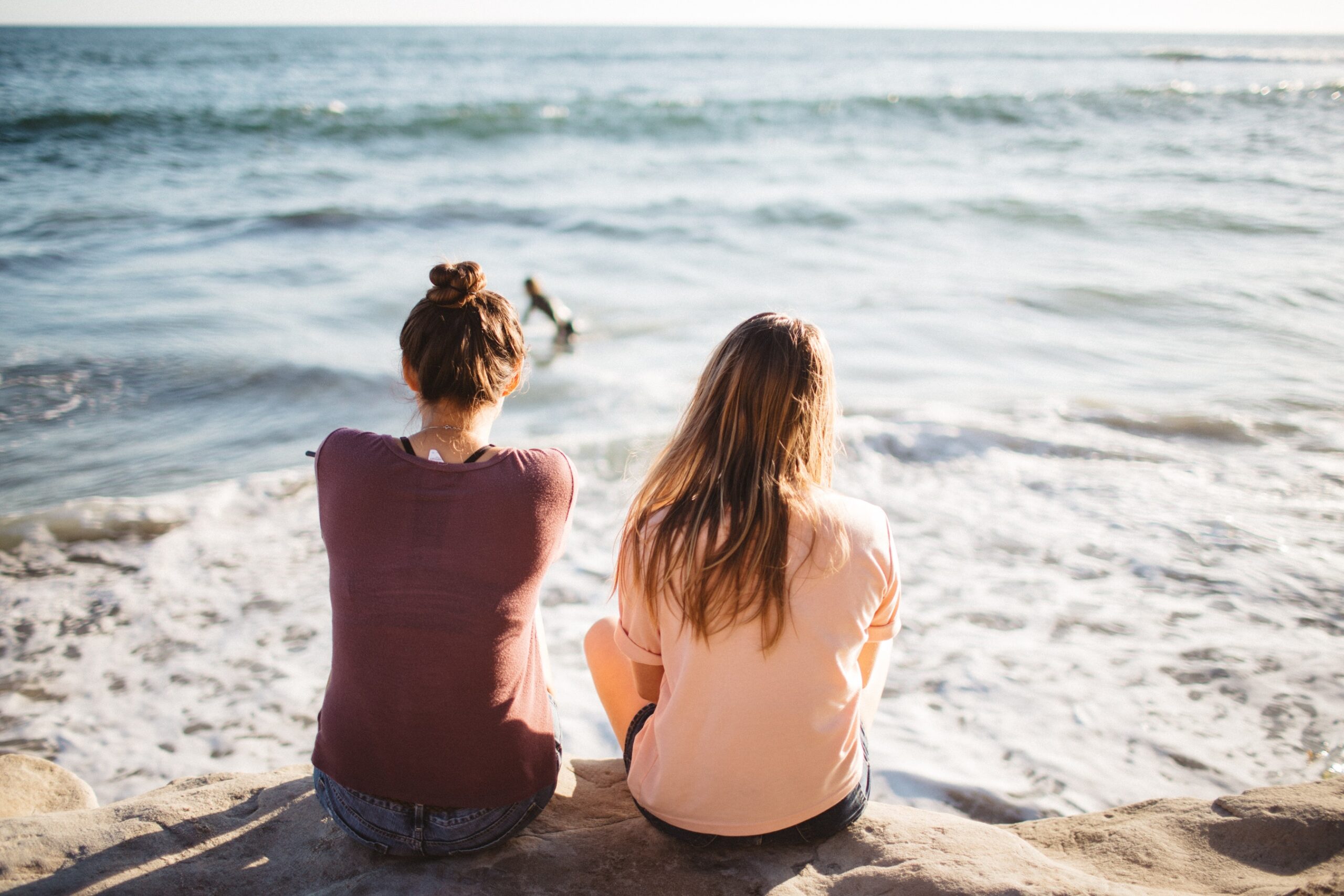
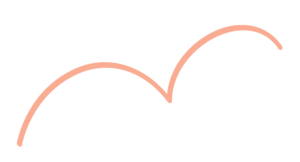
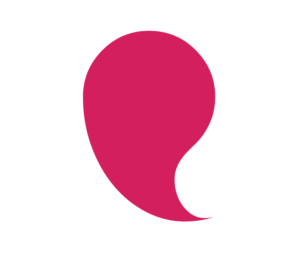 l cycle is not only about when you’ll get your period, it’s an overall look at your whole wellbeing. If things are going wrong hormonally, the menstrual cycle is often where the signs will first show up. With a good picture of how the menstrual cycle looks for each individual, you will be able to take these along to your health practitioners for the right support.
l cycle is not only about when you’ll get your period, it’s an overall look at your whole wellbeing. If things are going wrong hormonally, the menstrual cycle is often where the signs will first show up. With a good picture of how the menstrual cycle looks for each individual, you will be able to take these along to your health practitioners for the right support.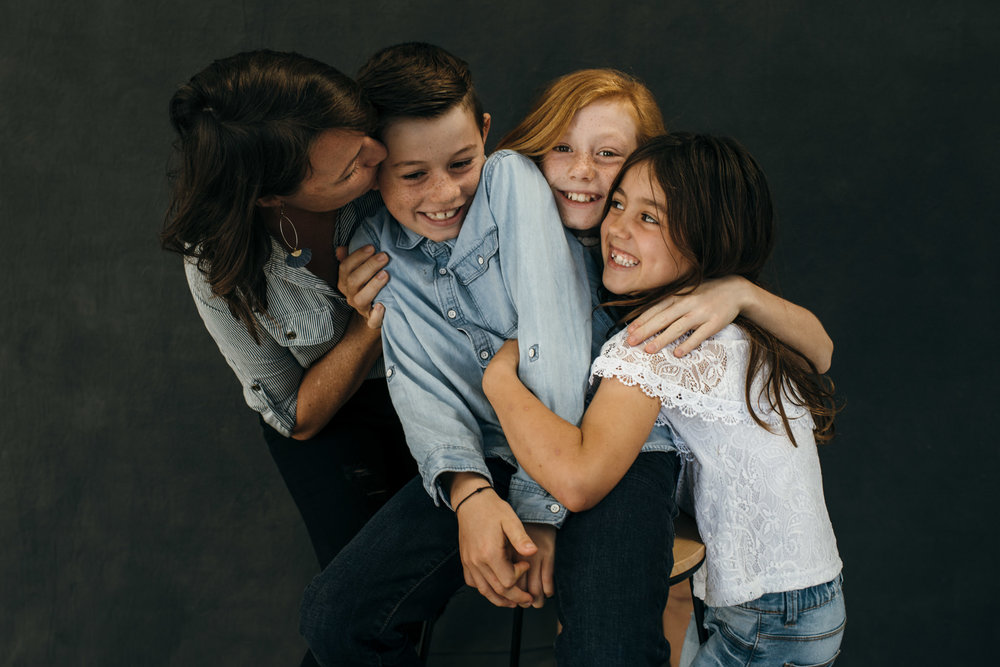
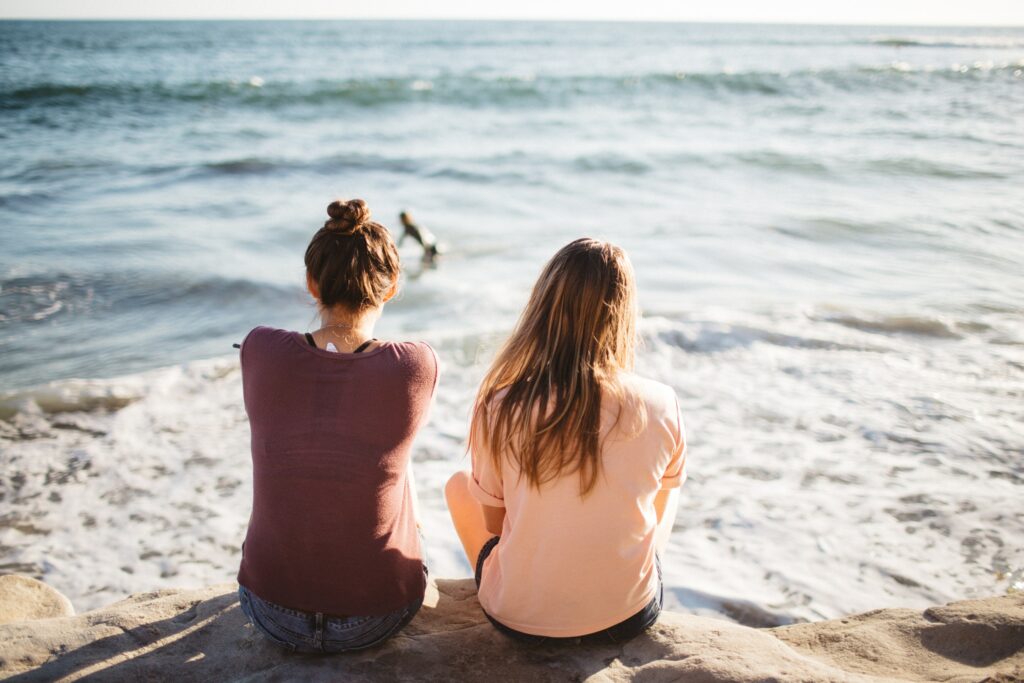
 Daily washing with soap on the outside is all that’s required for personal hygiene. Nothing needs to be inserted or products used to “douche” the vagina, especially those containing fragrances. The vagina has an incredible way of cleaning itself, and using additional products can disrupt the healthy balance of bacteria and cause a host of health issues. These could include abnormal discharge, itchiness and bad odour. This is where knowing what’s normal and not normal for her will be a great indicator of her health.
Daily washing with soap on the outside is all that’s required for personal hygiene. Nothing needs to be inserted or products used to “douche” the vagina, especially those containing fragrances. The vagina has an incredible way of cleaning itself, and using additional products can disrupt the healthy balance of bacteria and cause a host of health issues. These could include abnormal discharge, itchiness and bad odour. This is where knowing what’s normal and not normal for her will be a great indicator of her health.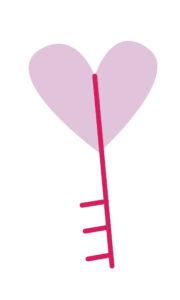 assessing cervical fluid is a more precise indicator of when our next period will start. This is because as we near ovulation our cervical fluid increases and thickens until it is near egg white consistency just before ovulation occurs. Once ovulation has happened and we enter the luteal phase of our cycle, we have 14 days until our period starts. Our cycle length changes in the follicular phase (the time between when our period starts and we ovulate). The follicular phase can vary in length anywhere from 10-16 days. However things like travel, stress and health issues can also cause this to vary more. So in a normal healthy cycle, getting to know the point of ovulation through your cervical fluid can help you better determine when your period will start.
assessing cervical fluid is a more precise indicator of when our next period will start. This is because as we near ovulation our cervical fluid increases and thickens until it is near egg white consistency just before ovulation occurs. Once ovulation has happened and we enter the luteal phase of our cycle, we have 14 days until our period starts. Our cycle length changes in the follicular phase (the time between when our period starts and we ovulate). The follicular phase can vary in length anywhere from 10-16 days. However things like travel, stress and health issues can also cause this to vary more. So in a normal healthy cycle, getting to know the point of ovulation through your cervical fluid can help you better determine when your period will start.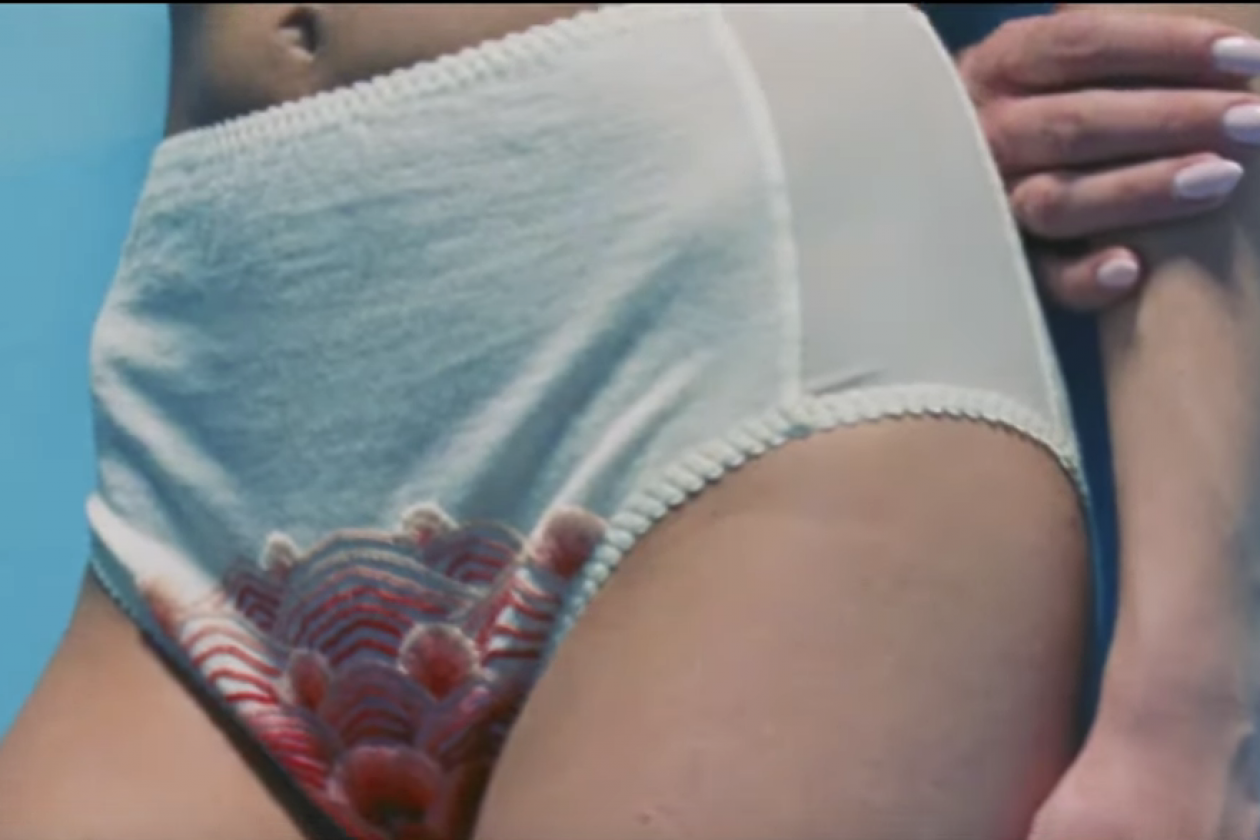

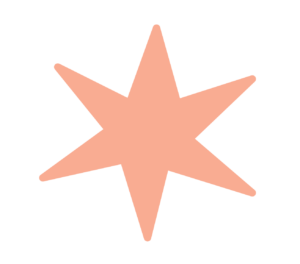 3. Weight Gain: You might notice that she is getting chubbier. This is not only normal, but necessary for girls for sufficient amount of oestrogen to build up. This can happen just before puberty starts, or throughout the process. Around 16 she can go through another period of weight gain. Again, this is her hormones working themselves out, and things will normalise. As long as your daughter is active, eating well and having pain-free periods, this should not be of concern.
3. Weight Gain: You might notice that she is getting chubbier. This is not only normal, but necessary for girls for sufficient amount of oestrogen to build up. This can happen just before puberty starts, or throughout the process. Around 16 she can go through another period of weight gain. Again, this is her hormones working themselves out, and things will normalise. As long as your daughter is active, eating well and having pain-free periods, this should not be of concern.
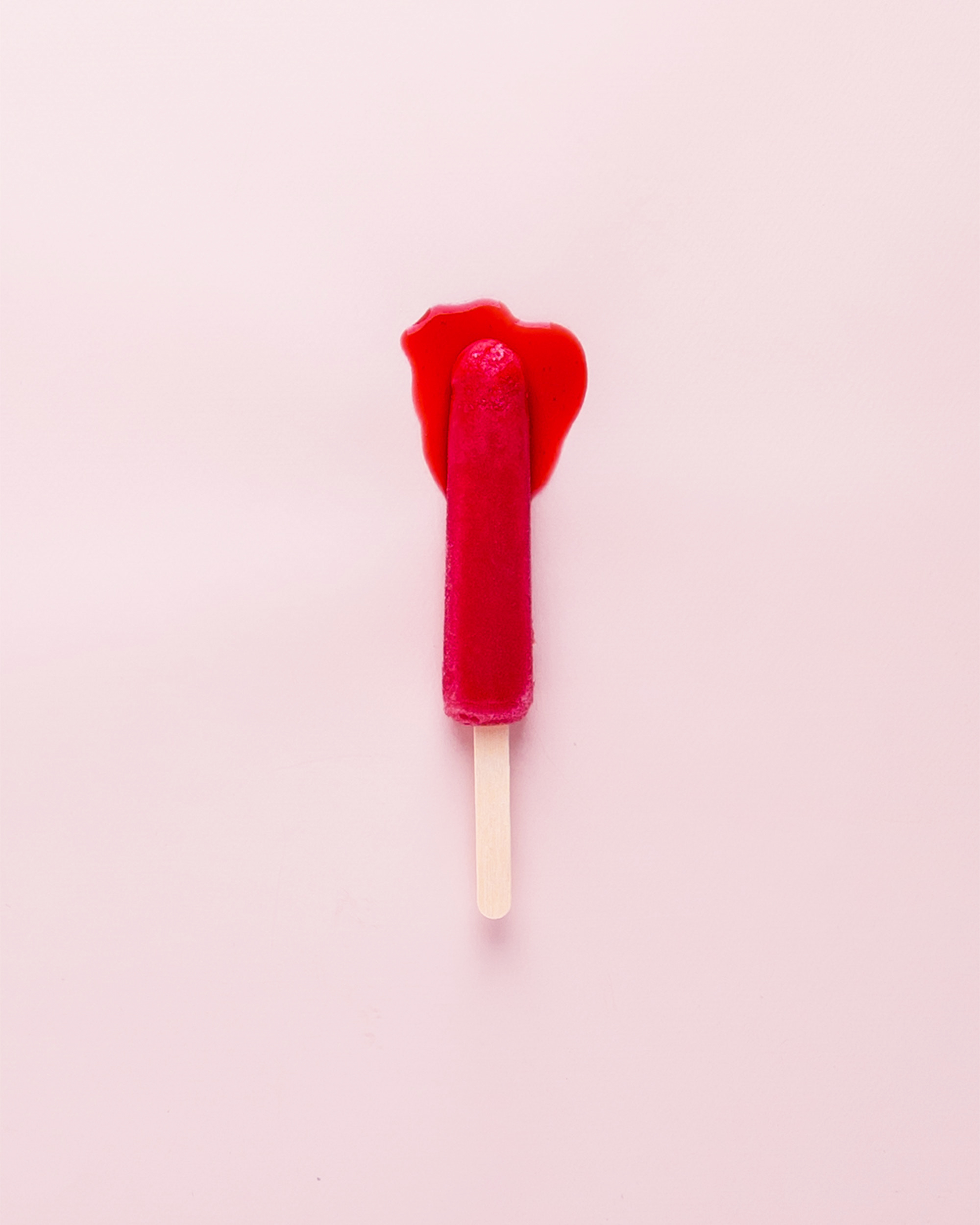
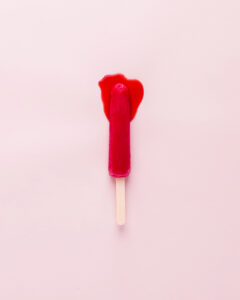
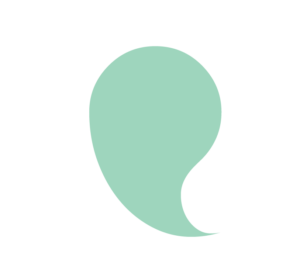 Talking with our girls about what is normal and healthy, and more importantly, how to be aware of what is going on for them, is vital for them as they get to know the changes in their body. Giving them the knowledge to know their bodies, understand what is normal for them, and trust that when their bodies show them different signs they will know something is up. These are all things I talk about in our workshops.
Talking with our girls about what is normal and healthy, and more importantly, how to be aware of what is going on for them, is vital for them as they get to know the changes in their body. Giving them the knowledge to know their bodies, understand what is normal for them, and trust that when their bodies show them different signs they will know something is up. These are all things I talk about in our workshops.

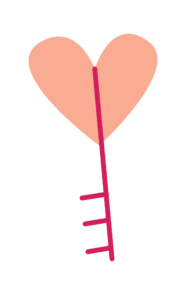 You may have started noticing changes within your daughter. The puberty changes like breast buds, hair growth and the white fluid stains in her knickers. If you find it a bit hard to raise the conversation you could start with a letter. I was raised primarily by my father. He was a man of few words, but when he had something important to let us know, we’d get home from school to a little letter and a chocolate on our pillow. I really appreciated those letters. I knew they had meaning and were important, and I appreciated him for it.
You may have started noticing changes within your daughter. The puberty changes like breast buds, hair growth and the white fluid stains in her knickers. If you find it a bit hard to raise the conversation you could start with a letter. I was raised primarily by my father. He was a man of few words, but when he had something important to let us know, we’d get home from school to a little letter and a chocolate on our pillow. I really appreciated those letters. I knew they had meaning and were important, and I appreciated him for it.